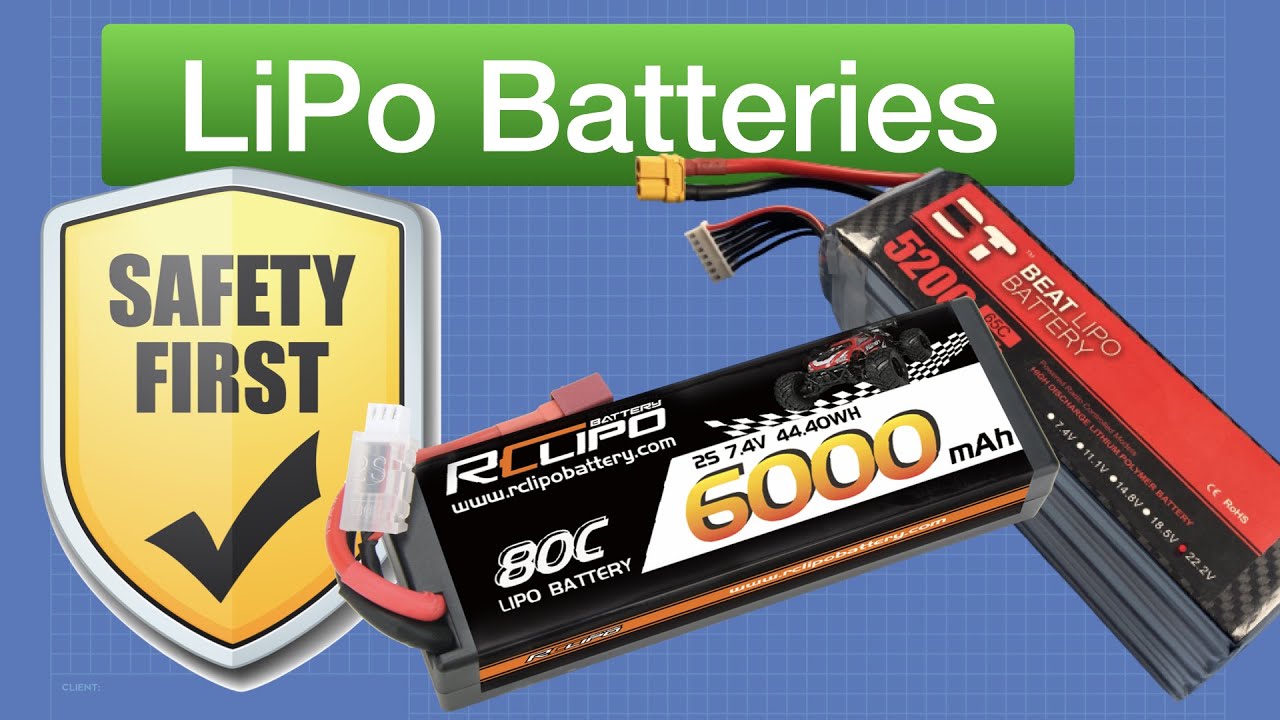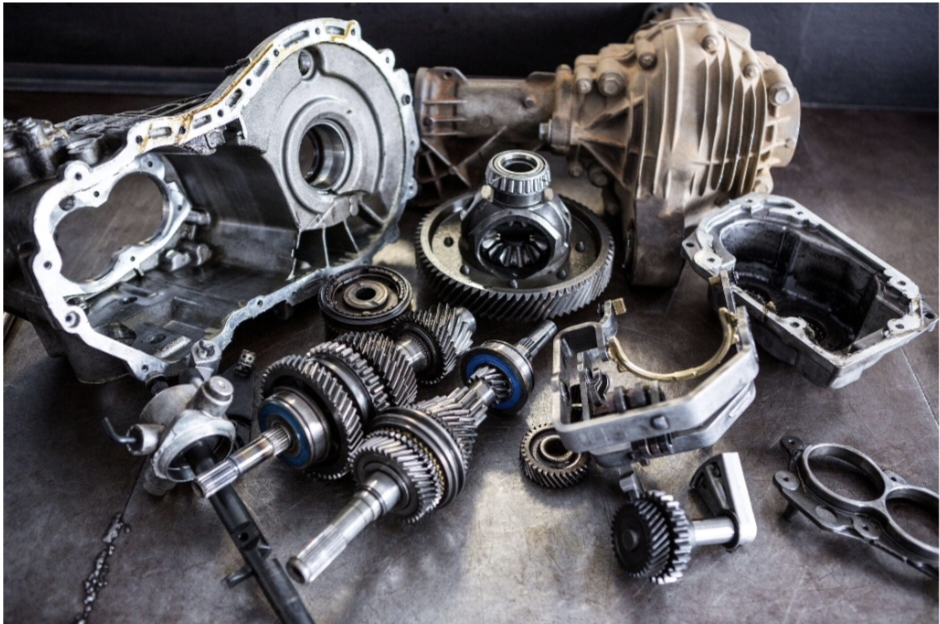Walk into almost any hobby shop and you’ll see them—rows of sleek packs lined up like candy bars. Drones, RC cars, and even some portable tools run on them. Yep, we’re talking about the LiPo battery. Small, light, powerful. And a little bit temperamental.
If you’ve used one, you know. Treat it right and it hums along beautifully. Push it too far—charge it wrong, store it poorly—and suddenly you’ve got a puffed-up pack that looks like it swallowed a balloon. Or worse.
So let’s talk honestly about living with LiPo. The stuff no one tells you until you’ve fried your first pack.
Why LiPo Took Over
Once upon a time, nickel-based batteries ruled the hobby scene. Heavy, sluggish, limited. Then the LiPo battery showed up—lighter, way more energy-dense, and capable of delivering the punch that drones, cars, and planes needed.
And that was it. Game-changer.
But the trade-off? They’re more sensitive. Less forgiving. You can’t just toss them in a drawer or leave them charging overnight like some old AA pack. They demand respect.
The Climate Twist
Here’s the thing. Using a LiPo battery comes with extra quirks. Our summers are brutal. Forty degrees in the shade isn’t unusual. Leave a pack in the car for an hour? Bad idea. Heat accelerates swelling, damages cells, and in some cases… well, you’ve seen the YouTube videos of things going up in smoke.
On the flip side, winter mornings in the southern states can make a pack sluggish. A cold LiPo battery won’t deliver the same punch until it warms up. Flyers notice it first—drones just don’t respond with the same zip.
So the local climate basically forces you to baby these things. Store them in cool spots, never fully charged, never fully drained, somewhere in the middle. It’s a balancing act.
Charging: The “Don’t Mess This Up” Step
Here’s where most beginners slip. They plug in, walk away, and figure the charger’s got it covered. Not always.
The golden rule? Always use a charger designed for LiPo. A proper balance charger that monitors each cell, not just the pack as a whole. Because when one cell drifts out of sync, that’s when bad things happen.
I once heard a guy say, “I treat my LiPo battery like a pet. I don’t leave it alone when it’s feeding.” Sounds silly, but it’s not far off. Keep an eye on them. It’s not paranoia—it’s just… smart.
Storage Matters More Than You Think
Here’s a scenario: you buy a new LiPo battery, use it a few times, then get busy with life. Three months later, you pull it out and—uh oh. It’s puffed, weak, maybe even dead. Why?
Because storage voltage is a thing, a LiPo doesn’t like sitting full. And it doesn’t like sitting empty either. About 3.8 volts per cell is the sweet spot. Most decent chargers have a “storage mode.” Use it. It sounds boring, but it saves money (and heartache).
And please—for the love of safety—don’t store them under the bed: fireproof bags, ammo boxes, even ceramic containers. A little paranoia here pays off.
The Puffing Problem
Ah yes, the swollen pack. A rite of passage for many hobbyists. It happens when gas builds up inside the cells—usually from overcharging, overheating, or just plain old age.
Can you keep using a puffed LiPo battery? Technically, sometimes. Should you? Probably not. It’s like driving on a bald tyre—you might get away with it, but the risk isn’t worth it. Dispose of it properly. Most councils have e-waste facilities. Don’t just throw it away.
Beyond Hobbies
While most people picture drones and RC cars, the reach of the LiPo battery is bigger than that. Portable medical equipment. Pro photography rigs. Some small-scale renewable setups. The technology is sneaking into places most of us don’t even notice.
Which makes safety even more important. Because when a battery powers more than just a toy, mistakes carry bigger consequences.
A Few Hard-Learned Rules
After enough trial and error, you pick up a rhythm:
- Don’t overcharge. Ever.
- Don’t let it drop below 20% if you can help it.
- Respect the climate.
- Store smart.
- And when in doubt—retire it.
It’s not rocket science, but it does ask for a bit of discipline. The kind you only get after ruining your first couple of packs.
Looking Forward
There’s buzz about safer chemistries, solid-state options, all that futuristic stuff. Maybe one day we’ll have a battery that gives us the power of LiPo without the drama. Until then, we work with what we’ve got.
And honestly? The LiPo battery isn’t going anywhere. It’s too useful, too versatile. It just asks for care. Attention. A little respect for the chemistry humming inside.
Wrapping It Up
So yeah, living with LiPo isn’t effortless. But once you learn the quirks—heat, storage, charging, disposal—it’s manageable. And the payoff? Serious power in a small package.Next time you launch a drone, fire up an RC car, or even use a device you didn’t realise was powered by one, take a second. That pack humming inside? It’s doing a lot more work than you think. And if you treat your LiPo battery from RC Battery right, it’ll keep doing it for a long while yet.





